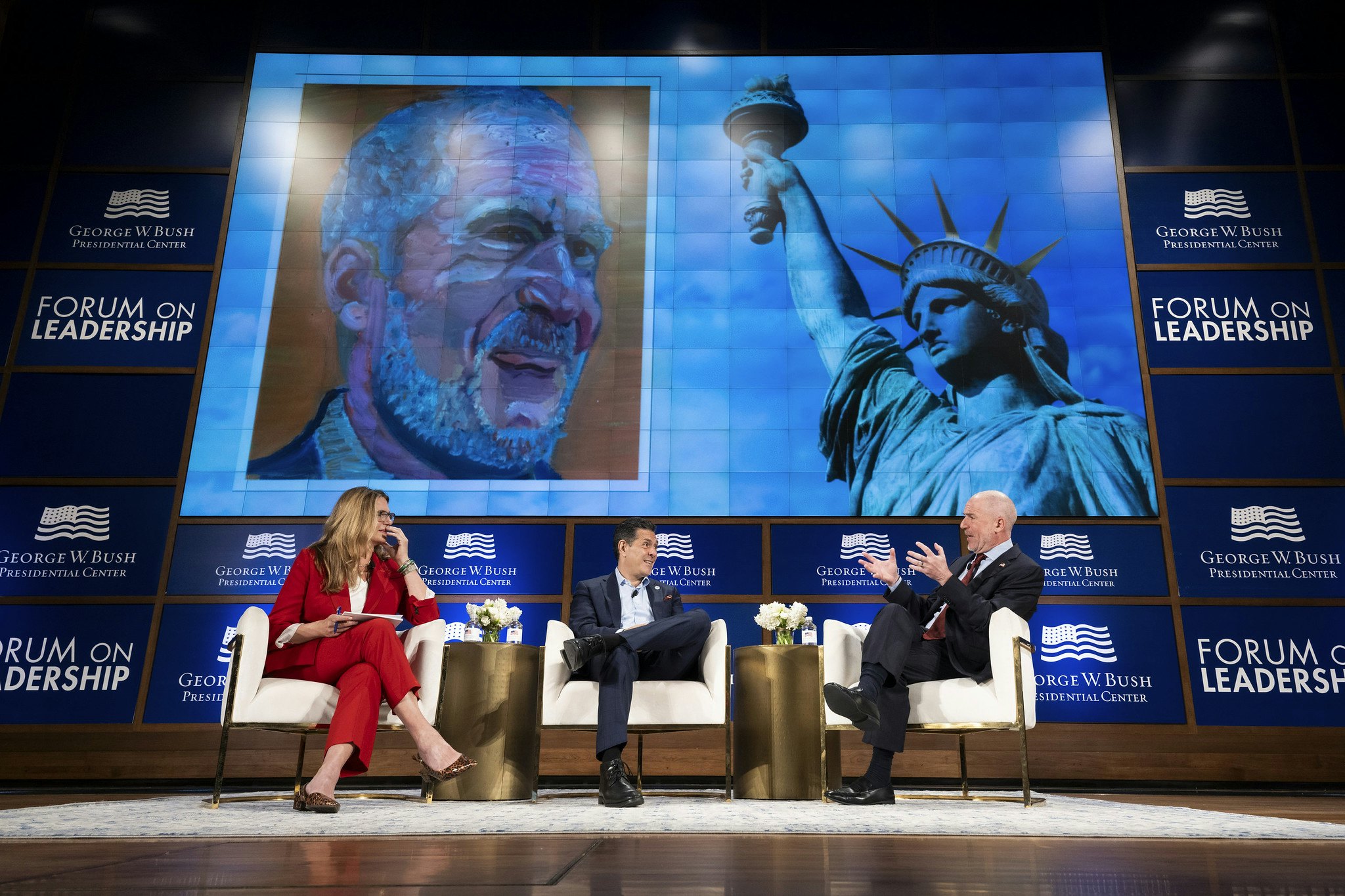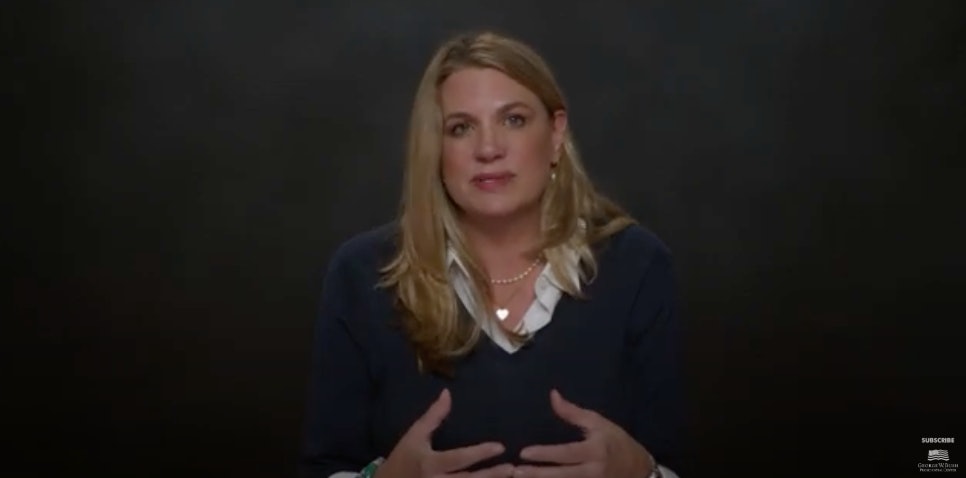Across the country, states and local school districts make most of the decisions about what is taught and who is teaching in local public schools. Many of the real challenges facing our education system sit with these localities, which often lack access to best practices, innovative new ideas, and promising research.
Families are starved for options when it comes to educating their children.
Last week, President Trump signed an executive order to dismantle the U.S Department of Education and “provide children and their families the opportunity to escape a system that is failing them.” Most of the reactions to the order emerged predictably: plaudits from critics of our education system, and deep concern among that system’s entrenched stakeholders. But for advocates of school choice, the reaction was more complicated because returning educational decision-making to the states doesn’t necessarily mean increasing school choice options for families.
For our education system to truly benefit from choice, our nation’s most innovative, impactful schools need to be able to scale and keep pace with ever-increasing demand. President Trump and Education Secretary Linda McMahon can use their bully pulpits and convening power to inspire the next generation of education leaders. They can identify opportunities for innovation – including making connections to advancements in technology – and facilitate the expansion of promising models by providing incentives and guidance to states and districts.
Nationwide, 1.4 million families left the public school system during the pandemic, an exodus that speaks to families’ dissatisfaction with the status quo. Since 2021, nearly 500,000 families across 17 states have opted to use Education Savings Accounts (ESA) to access private and supplemental education for their children. Five additional states are expected to add ESA programs in the next year.
While President Trump’s executive order eliminates layers of federal bureaucracy and opacity, transformative change must address barriers at the local level, which often stymie parent and educator efforts to improve student outcomes.
Across the country, states and local school districts make most of the decisions about what is taught and who is teaching in local public schools. Many of the real challenges facing our education system sit with these localities, which often lack access to best practices, innovative new ideas, and promising research.
History demonstrates that more flexibility and funding at the local level absent meaningful support and guidance do not translate into positive outcomes for students. Billions of dollars of COVID-19 relief money certainly didn’t have an impact, as shown by results from the 2024 National Assessment of Educational Progress (NAEP), which revealed continued declining levels of math and reading achievement across the nation.
And more money will not spur states and cities that have been anti-school choice to have a sudden change of heart. States like California and Illinois could use their enhanced authority to further restrict school choice and empower special interest groups.
More than anyone, parents know the painful truth that our nation’s education system is failing many children. The Trump Administration has the opportunity to enact truly transformative changes by supporting states and districts to use the flexibility created by the Executive Order to support promising, innovative schools where students thrive.
By establishing and implementing a vision that empowers educators to design great schools, the administration can make lasting change. Until then, reshuffling government functions is akin to rearranging the deck chairs on the Titanic.






























